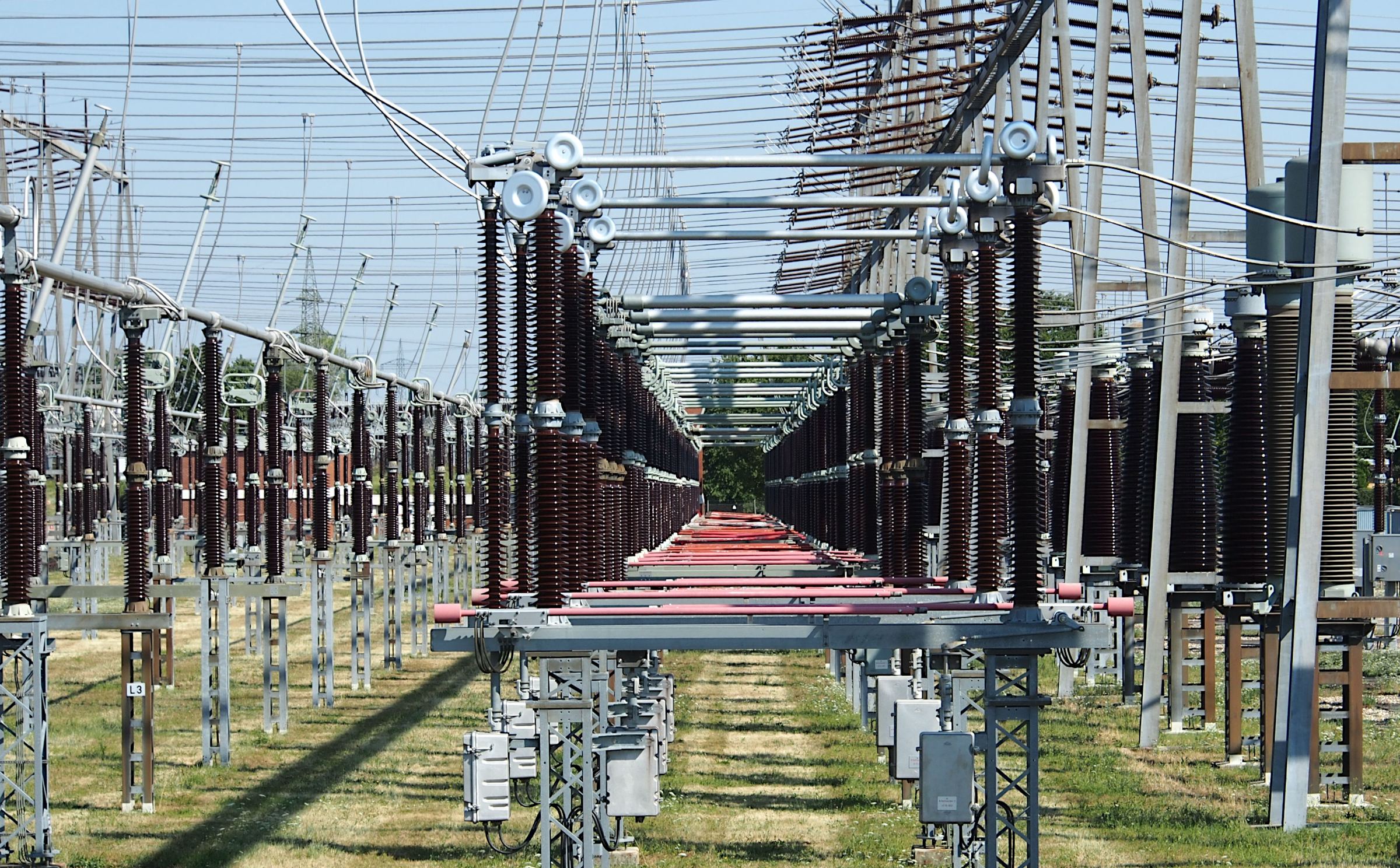"RECENT DEVELOPMENTS IN 2D METAL–ORGANIC FRAMEWORK NANOSHEETS: FROM SYNTHESIS TO MULTIFUNCTIONAL APPLICATIONS"
Abstract
The 2D nanosheets of metal-organic frameworks (MOFs) have surfaced lately as a promising material whose vast surface area, abundance of active sites and atomic-level thickness make them attractive in a broad range of electrocatalytic areas. To encourage the commercial applications of energy conversion and devices, efficient electro catalysts with low over potentials are greatly needed for the hydrogen evolution reaction (HER), oxygen evolution reaction (OER), and general water splitting. Due to the quick charge transfer, mass transport and increased number of surface-active sites, the special qualities resulting from the combination of 2D structure with MOF provide potential for higher electrochemical activity. In this review, we highlight the latest advancements in the study of 2D MOF nanosheets with a particular emphasis on production and applications. First, we provide an overview of the various top-down and bottom-up synthetic techniques utilized to produce 2D MOFs. The development of 2D MOF nanosheets as an electrochemical sensing platform, metal ions removal, water pollutant degradation, light emitting parts, environmental monitoring, antimicrobial activity of MOFs are further advancements.
Keywords
2D Material, Metal–organic frameworks (MOFs), Composites, Nanosheets, Applications















